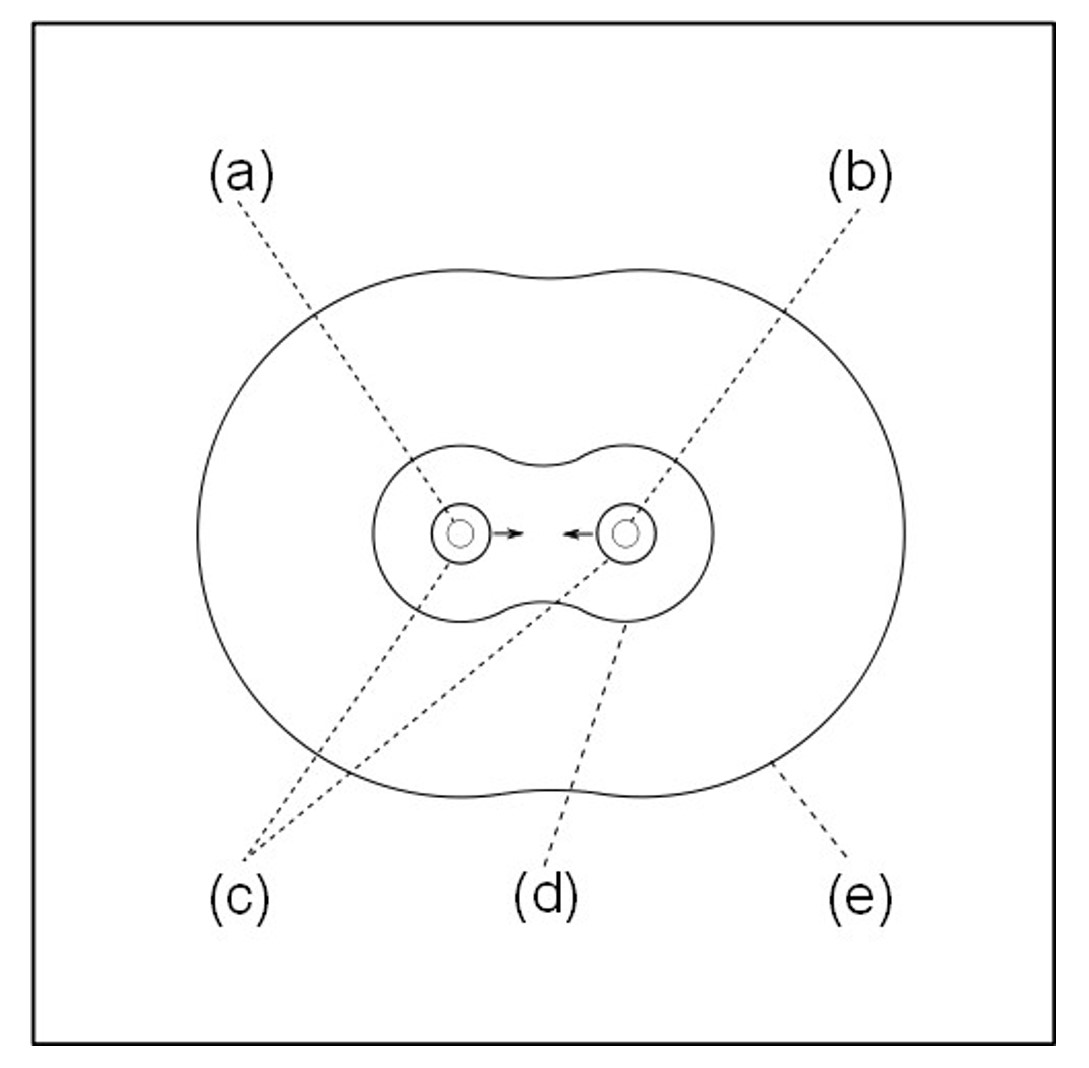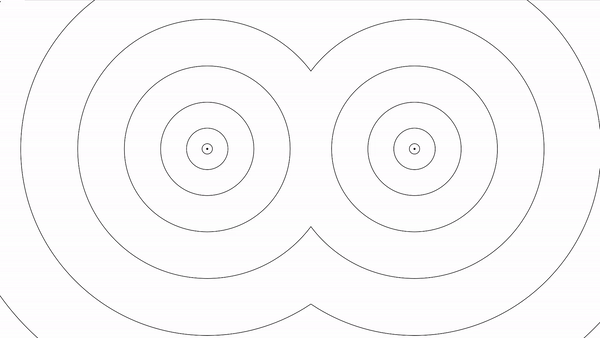Why do things fall?
We know: gravity. But what causes gravity? Normally we think of really large objects like the earth, moon or sun having gravity. But Isaac Newton realized that any two objects attract each other due to gravity.
In Newton’s day it was known that the north pole of a magnet was attracted to the south pole of another magnet. But it didn’t make any sense to Newton that two unmagnetized objects should attract each other. Although he deduced the existence of this phenomenon, he could not explain it. Here’s what he said:
“You sometimes think of gravity as essential and inherent to matter. Pray do not ascribe that notion to me, for the cause of gravity is what I do not pretend to know, and therefore would take more time to consider of it.” — Isaac Newton
Einstein refined Newton’s concept of Gravitation with his Theory of General Relativity. But again, although descriptive, no physical basis for the existence of gravity emerged from this model. Einstein used a body of mathematics called Riemannian Geometry that can describe curved spaces. This way of describing space enabled Newton’s Laws of Motion to be valid in the presence of a gravitational field. That this math works does not, however, imply that space is actually curved, only that objects in gravitational fields behave as though space is curved. The real world does not do math to decide what to do. This is a classic case of The New Physics mantra: you can make a model of reality, but not a reality of a model.
What is it about an object that makes it attract (all) other objects?
To answer this question, physicists have looked primarily at the behavior of very large objects. This is understandable because gravitation is a very weak force and impossible to detect for small objects. There is gravitational attraction between yourself and the nearest door, but it is too small to detect. Physics is based on measurement: if you cannot measure something, it is hard to make progress.
The paradigm shift brought about by The New Physics comes from not just considering the gravitation of large objects like the sun and the planets, but rather the true source of gravitation: the creation of each individual particle of an object. By considering particle creation we can get to the core cause of gravitation
Well, take a look at the space that is surrounding a particle:

The bubble in space (the proton) is depicted in pink, outlined in black. The first nuclear quantum level is shown as the second black circle around the particle, filled with dark grey depicting the increased density of space because the space that used to be where the particle is now has been displaced out into the first quantum layer. The next level is drawn around it, filled in a lighter shade because the space is less dense. And so on.
These quantum levels are numbered 1, 2, 3, … out to the edge of the Universe. Each one has radius equal to the radius of the first quantum level, multiplied by its quantum number squared. For a proton the first nuclear quantum level radius is 1.26 femtometers or 1.26 fm. (One fm is one quadrillionth of a meter, that is 0.000000000000001 meters. The proton itself has radius 0.84 fm.) That is, if the radius of the first quantum level is 1.26 fm, the second one has radius of 2 x 2 x 1.26 = 4 x 1.26 fm, the 3rd has radius 3 x 3 x 1.26 = 9 x 1.26 fm, and so on. That’s why the diagram seems so regular: it has an internal structure.
This internal structure is important. This ratio–the radius of a quantum level being the square of its quantum number times the radius of the first one–is fundamental. This is the quantum level’s “home position”. It is a side effect on space of the creation of the particle. If the relationship between the particle and the quantum levels is distorted, it will tend to restore to its home position.
One particle does not generate gravity. But the quantum levels and their desire to restore to their home position set the stage. The gravitational attraction arises when another particle is created. In this case, think about how the quantum levels of the two particles interact:

Here you see a proton and a neutron and three of their quantum levels. This is a cutaway drawing: although drawn like circles, these quantum levels are spheres in their home position. Quantum levels 1 of these two particles are too far apart to intersect, but levels 2 & 3 are close enough to intersect and merge. Now quantum level 2 is way out of its home position.
Here’s how this works:

Consider all the particles in your body merging in this way with all the particles in the earth. That’s a lot of quantum levels trying to get to home position all at once! That’s gravitation. Even though the matter in your atoms’ nuclei is 99.5% empty, your quantum levels are still pulled down by all the quantum levels of all the atoms in the earth. Talk about being connected!!!
When describing the curvature of space implied by the mathematical model of General Relativity, the old physics would often speak of a “gravity well”. This corresponded to the pictures of space being curved by a large object. A much more realistic way of describing gravity is a as a “gravity web”, wherein every particle of one object is being attracted to every particle of a second object by a web of nuclear quantum levels trying to restore to their home positions.
But there is still a problem, isn’t there. If your body is 99.5% empty bubbles (and by the way the remaining 0.5% doesn’t contribute to your mass), how come you are so hard to push around?